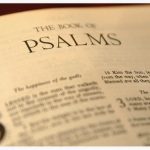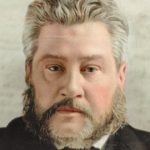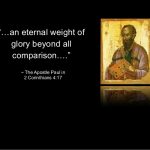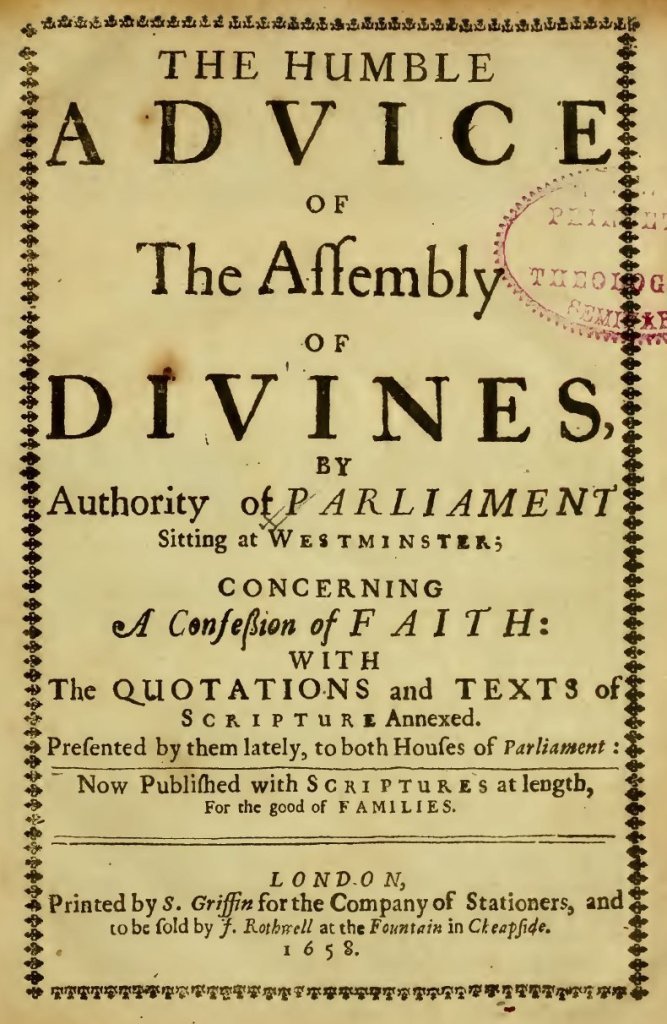 Episode 98 is Part 1 of a reading of the article “The Morning and Evening Sacrifice: A Sacrifice of Praise through the Psalms.” The article was written by Walter Hampel for the Ashland Theological Journal.
Episode 98 is Part 1 of a reading of the article “The Morning and Evening Sacrifice: A Sacrifice of Praise through the Psalms.” The article was written by Walter Hampel for the Ashland Theological Journal.
A link to a pdf of “The Morning and Evening Sacrifice: A Sacrifice of Praise through the Psalms” can be found here
The Songs of Jesus: A Year of Daily Devotions in the Psalms by Tim Keller can be found here
Player and Download links are below:

 This minisode features the reading of an excerpt from a sermon by Charles Haddon Spurgeon. The biblical text on which the sermon is based is taken from Psalm 96:1-3.
This minisode features the reading of an excerpt from a sermon by Charles Haddon Spurgeon. The biblical text on which the sermon is based is taken from Psalm 96:1-3. Episode 97 centers on the discussion of several biblical texts which point out the importance of God-given names.
Episode 97 centers on the discussion of several biblical texts which point out the importance of God-given names. Episode 96 centers on a discussion of Philippians 4:4 in which we are commanded to “Rejoice In the Lord Always.” In a world of real trouble, pain, oppression and heartbreak, how is it possible to do this. The discussion looks at other verses in Scripture in which the bigger picture, a God-revealed reality, is shown. Suffering and pain in this world are real, yet, an “eternal weight of glory” must be considered and not simply the circumstances of this life..
Episode 96 centers on a discussion of Philippians 4:4 in which we are commanded to “Rejoice In the Lord Always.” In a world of real trouble, pain, oppression and heartbreak, how is it possible to do this. The discussion looks at other verses in Scripture in which the bigger picture, a God-revealed reality, is shown. Suffering and pain in this world are real, yet, an “eternal weight of glory” must be considered and not simply the circumstances of this life.. Episode 95 centers on a discussion of the hidden treasure of catechisms. In this episode, there are lookbacks to their history and development, especially in the era of the early Reformation. Lastly, this episode stresses the importance and value today of those Reformation-era catechisms in assisting us in our lives in Christ in an age of biblical illiteracy.
Episode 95 centers on a discussion of the hidden treasure of catechisms. In this episode, there are lookbacks to their history and development, especially in the era of the early Reformation. Lastly, this episode stresses the importance and value today of those Reformation-era catechisms in assisting us in our lives in Christ in an age of biblical illiteracy.